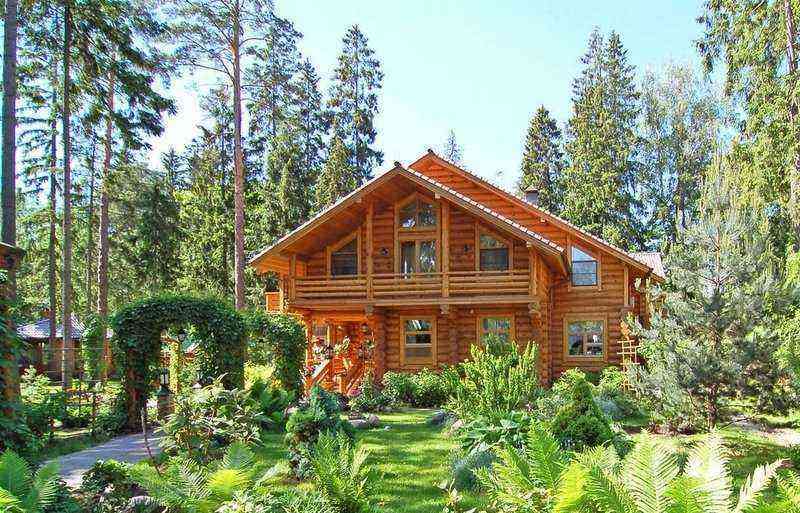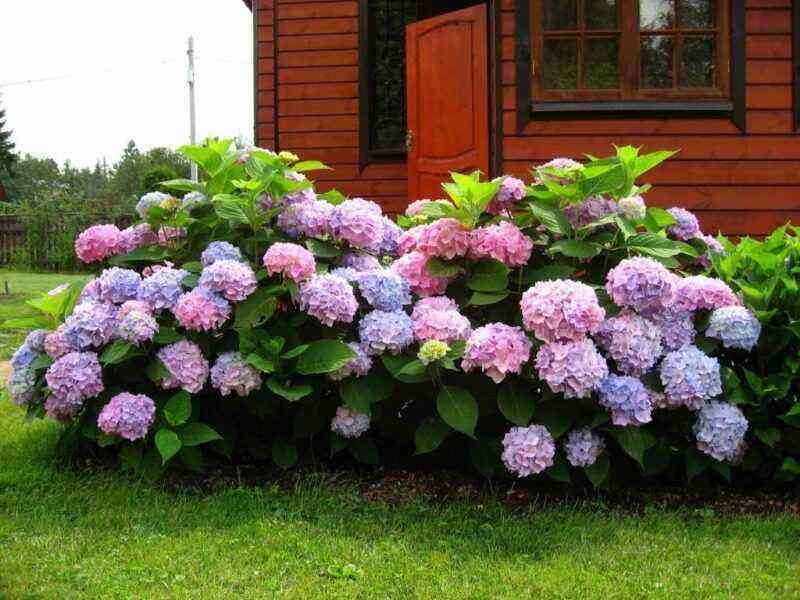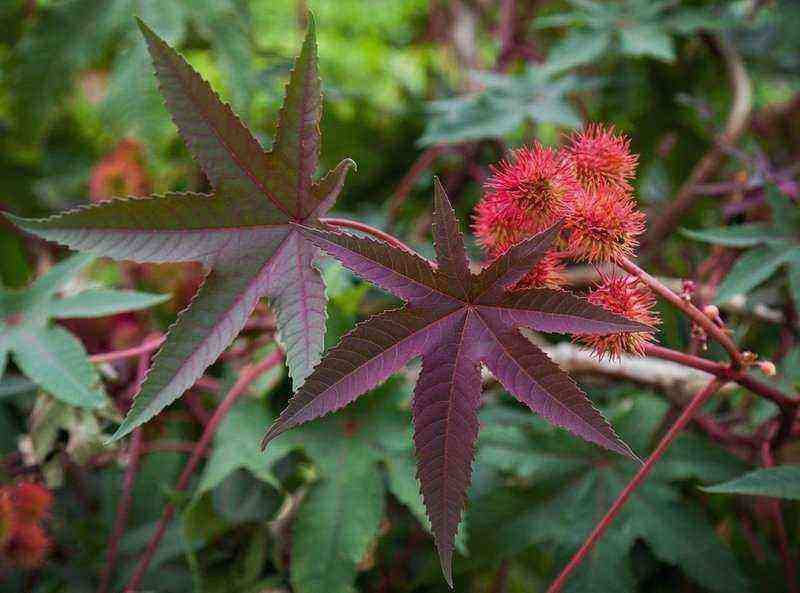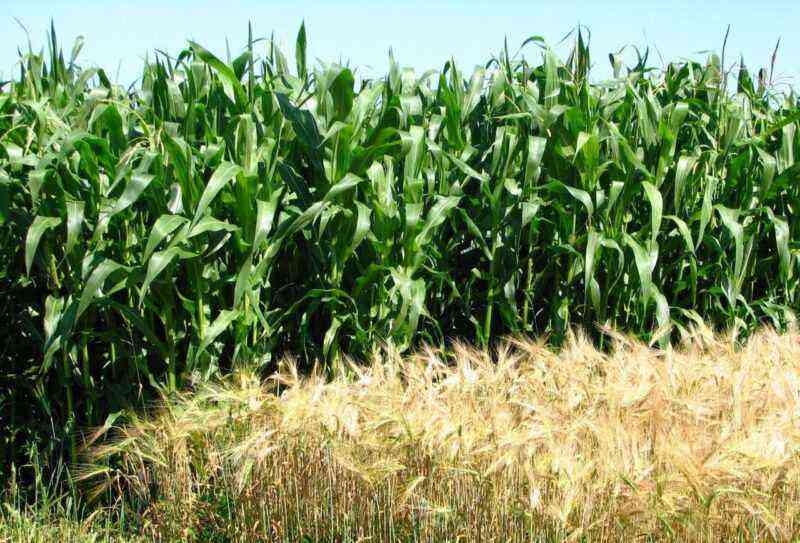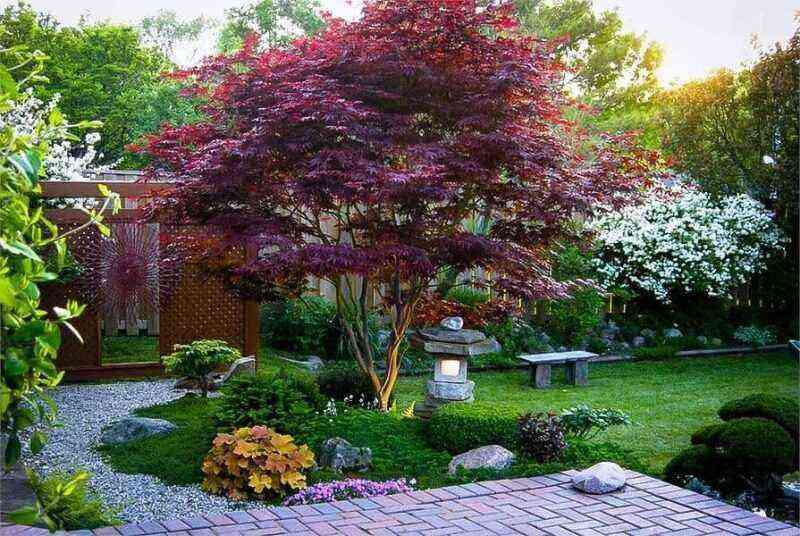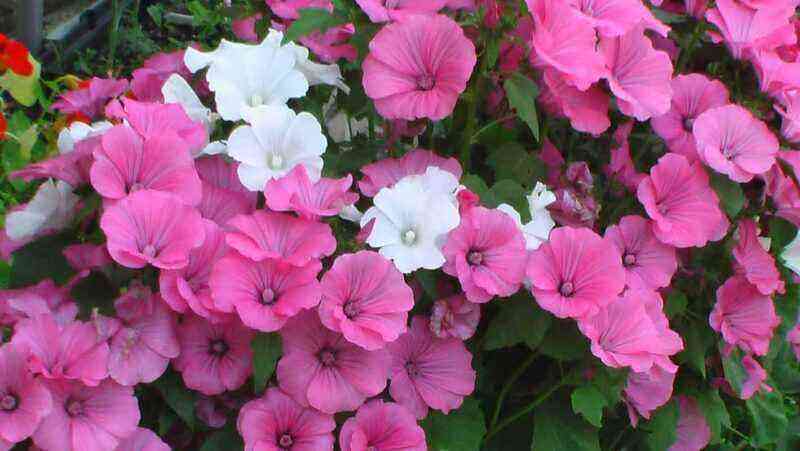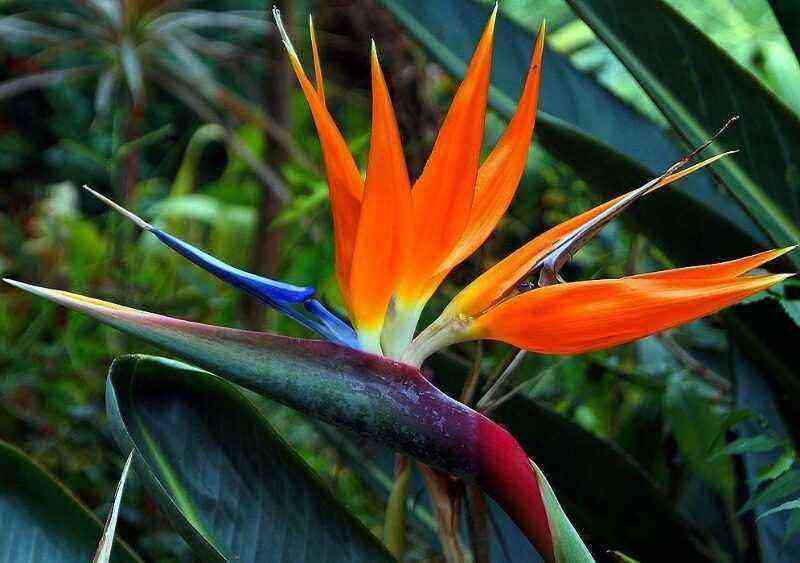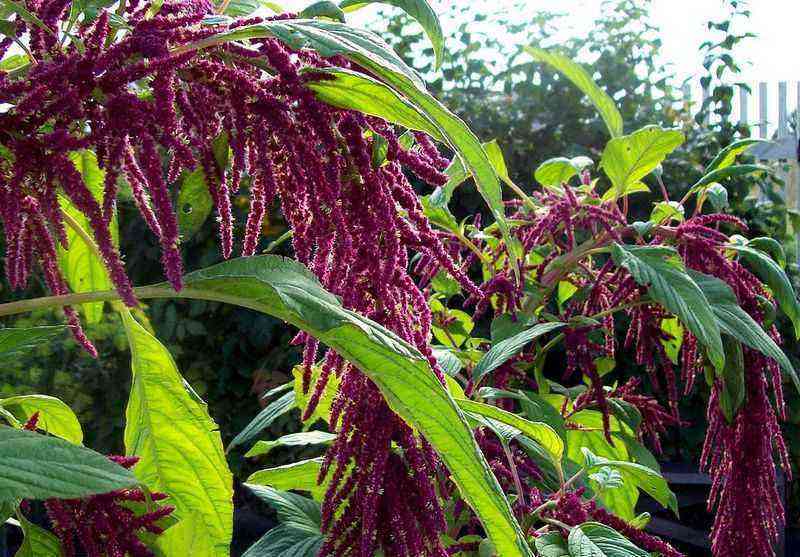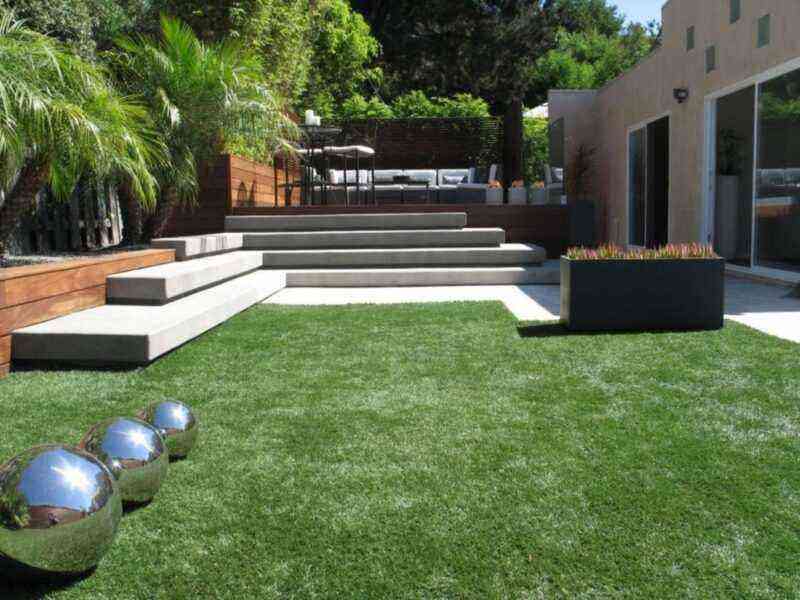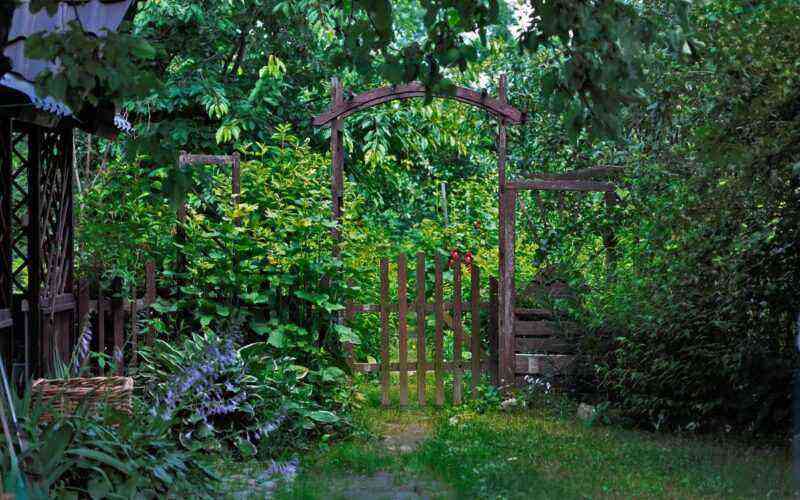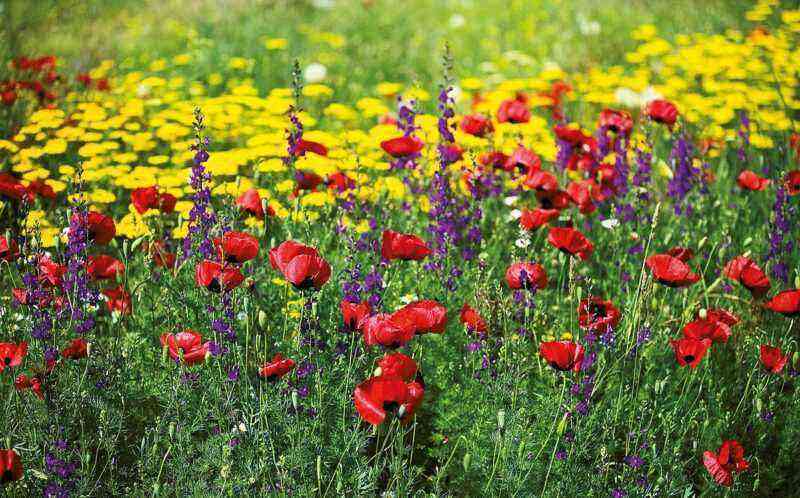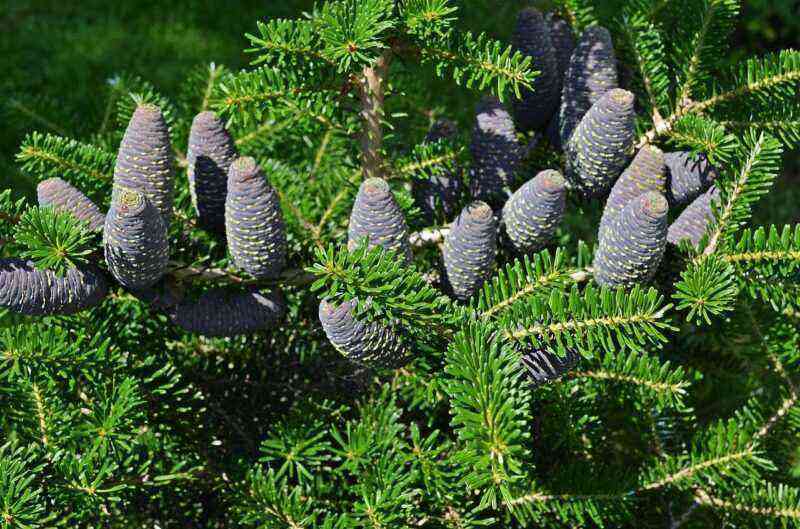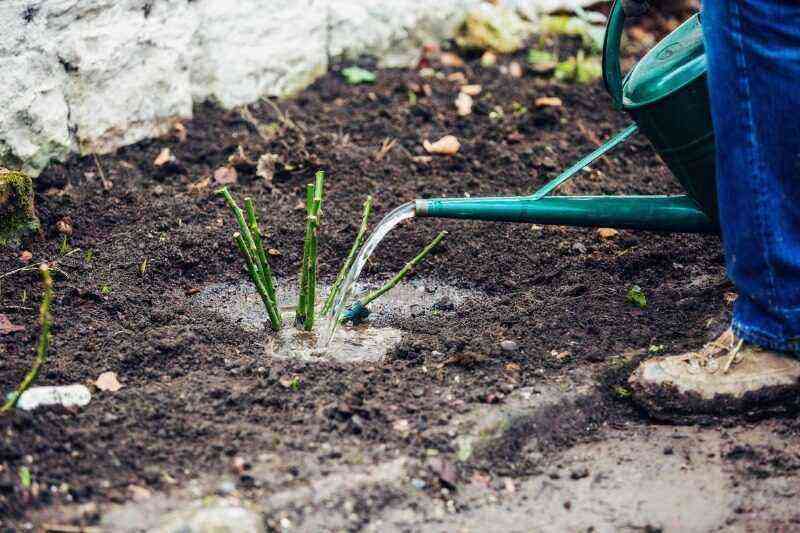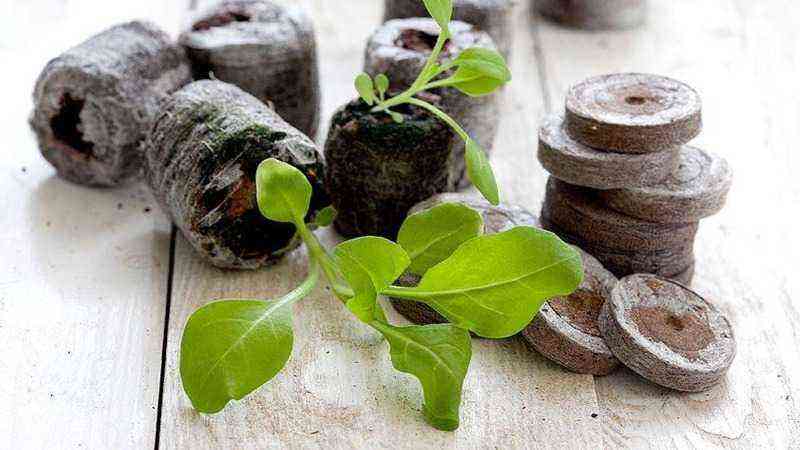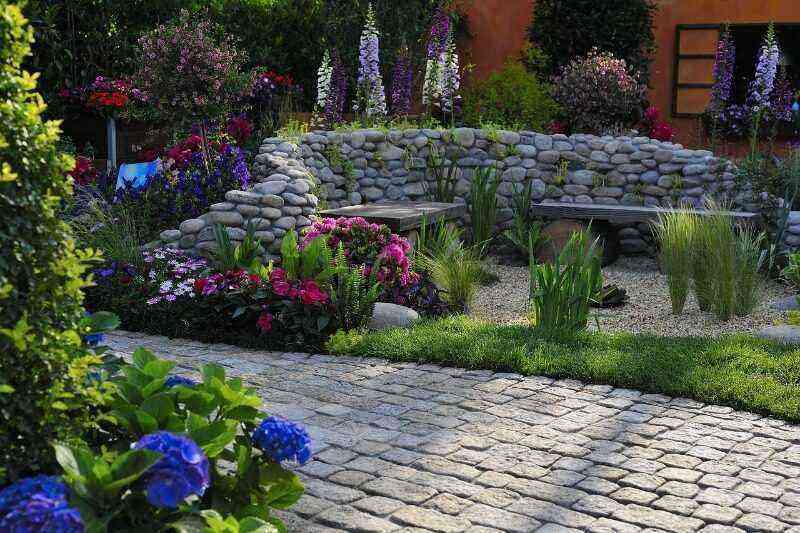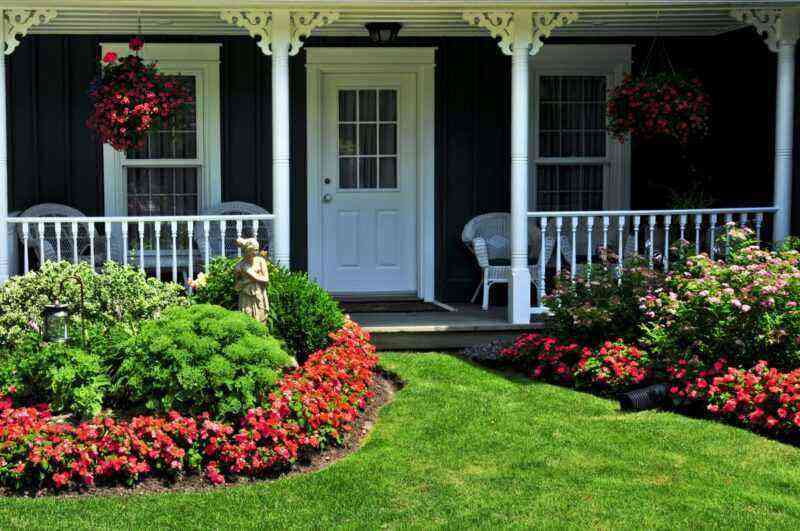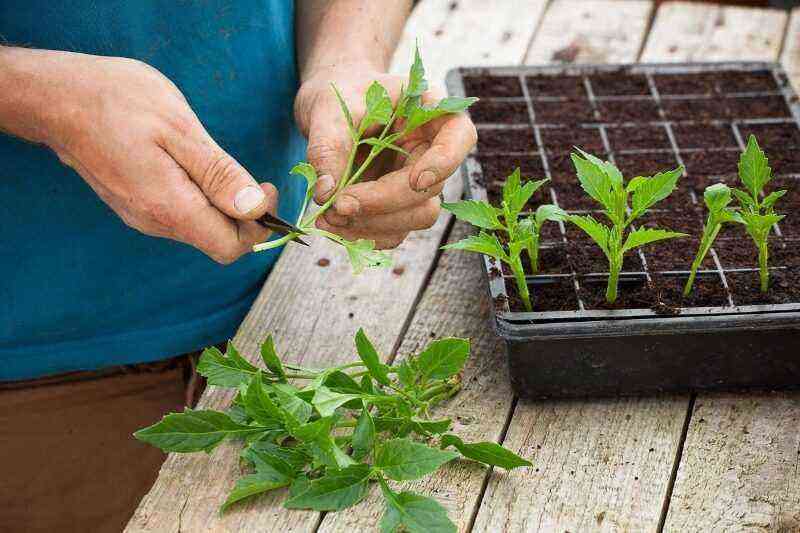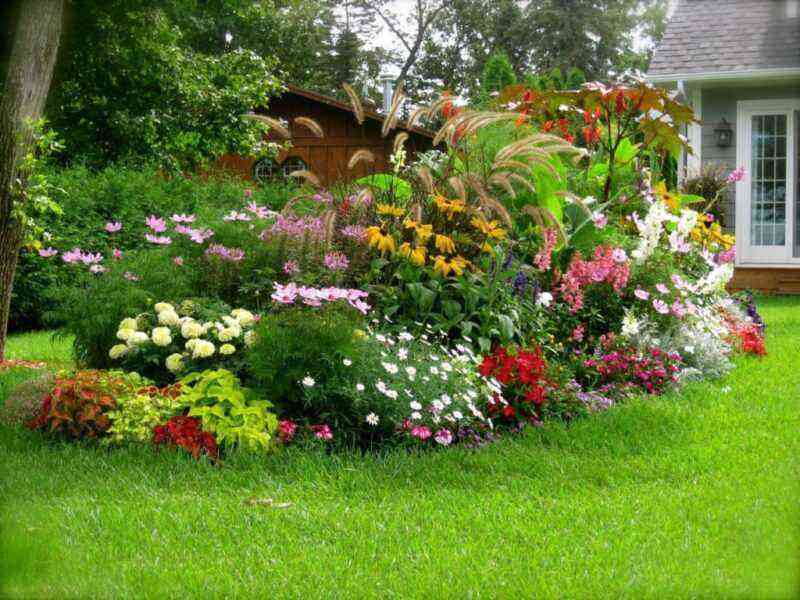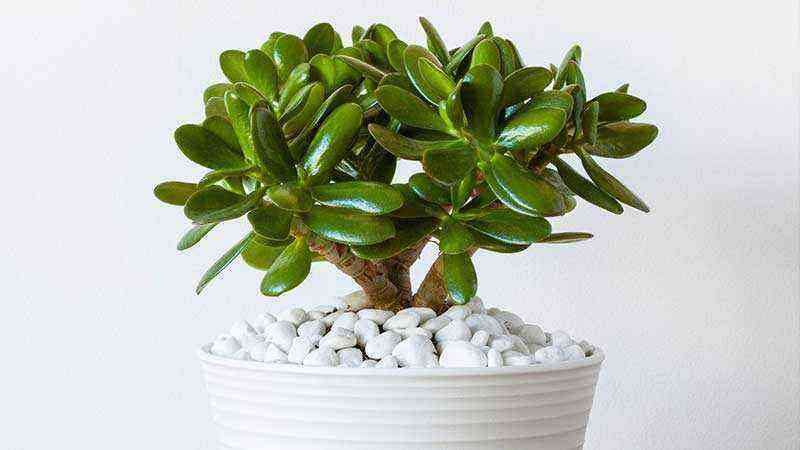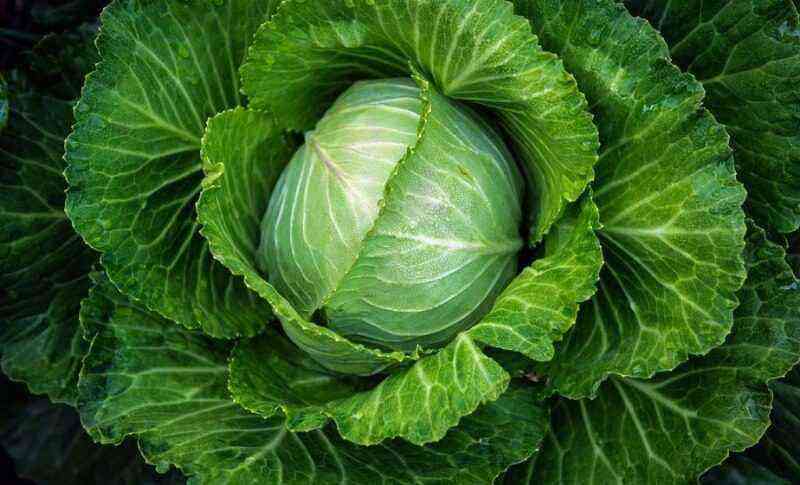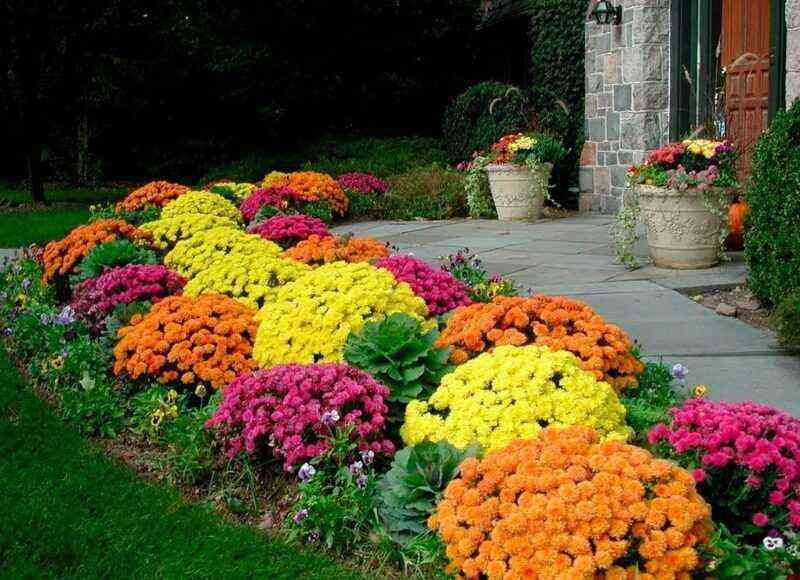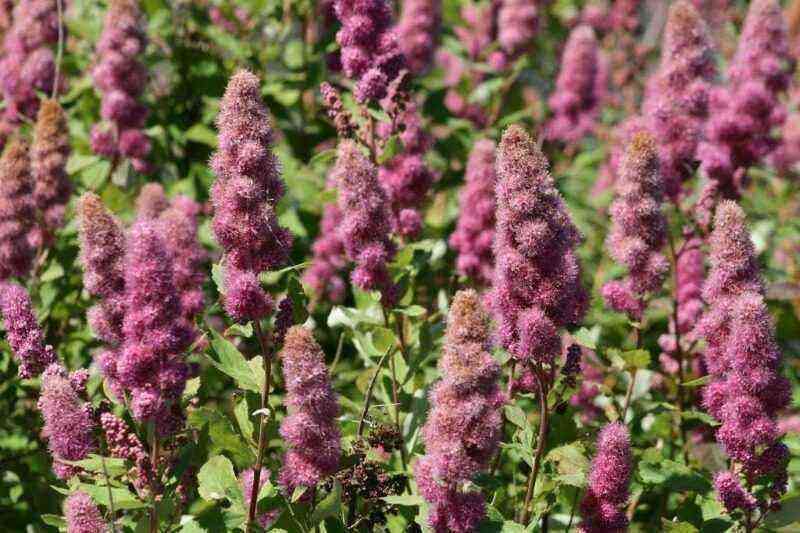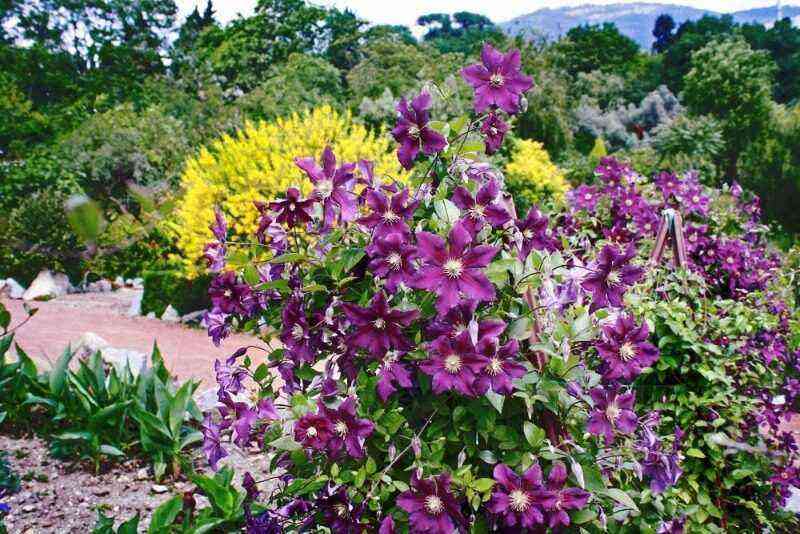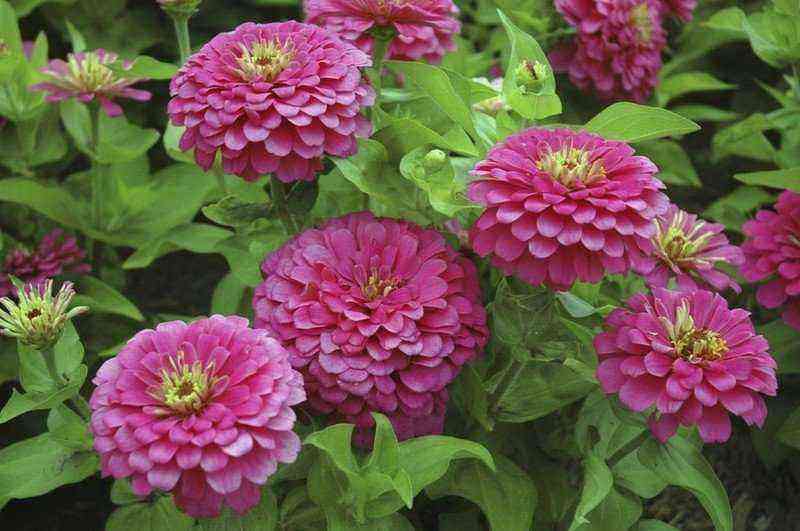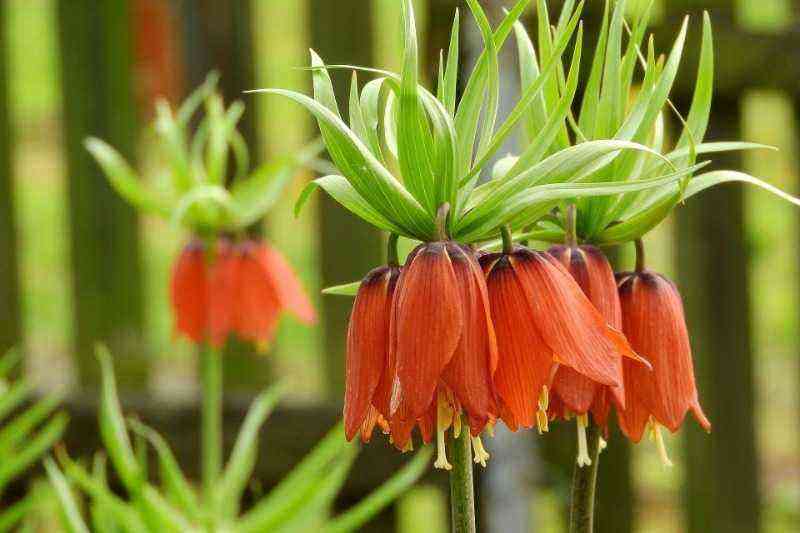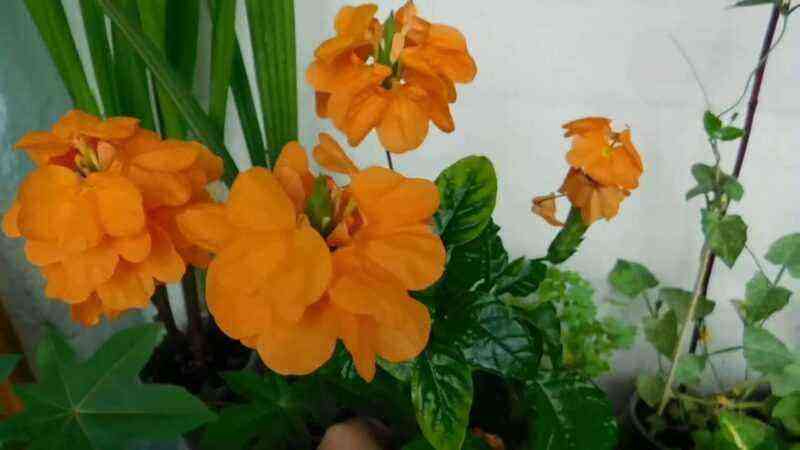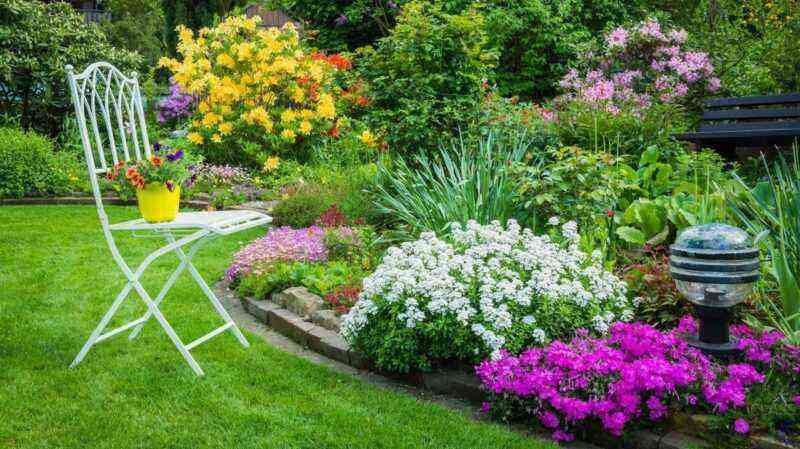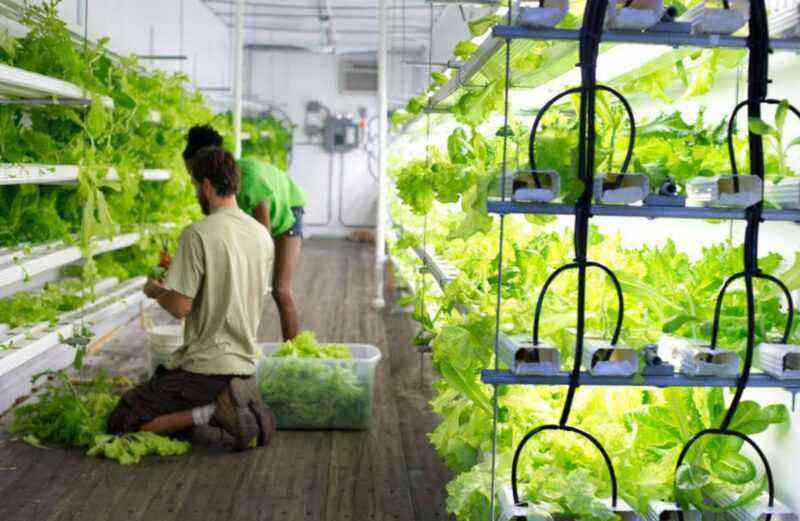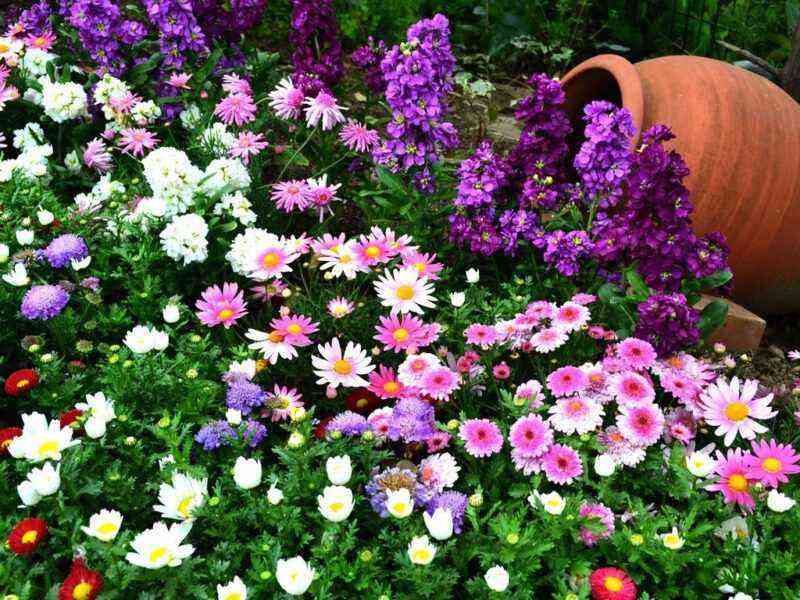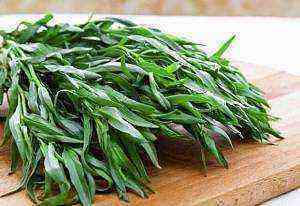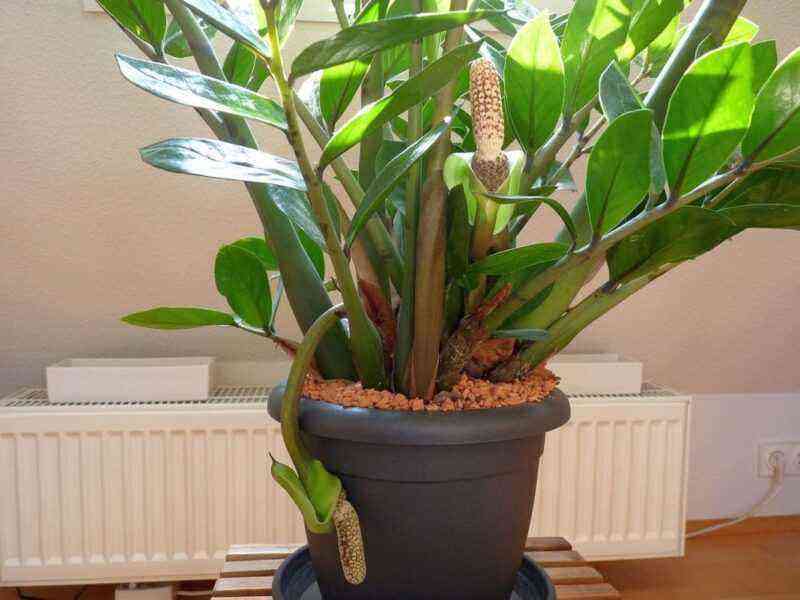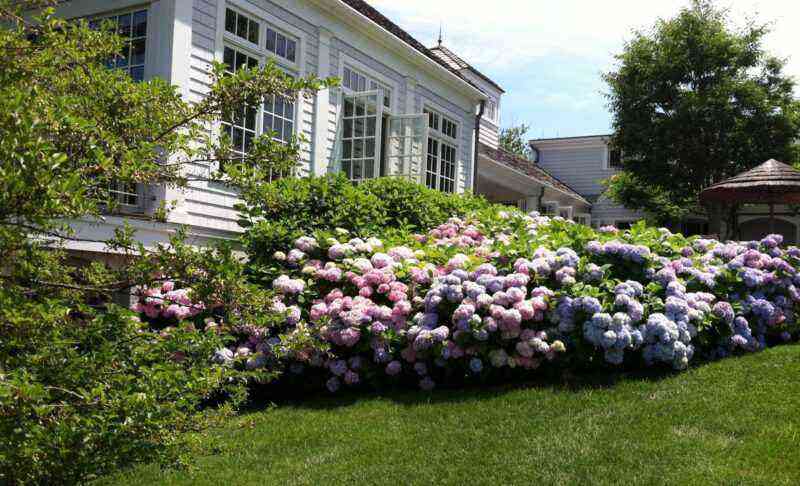The desire to make your own plot cozy, in which each element of landscape design harmoniously complements the other, is natural for every gardener. A hedge is not only an excellent background for flower beds and a garden decoration, but also an excellent protection of the site from prying eyes. Building such a natural defense is an art that requires patience and painstaking work, and an incredibly fun process. By correctly choosing and placing shrubs for hedges on the site, you can transform the entire territory, subtly dividing it into zones.
The choice of a hedge plant depends primarily on the desired appearance of the natural fence. If we take the species ratio of the crops used for decoration as a basis, then the hedges can consist of coniferous and deciduous plantings, and if we take their shape, then the fences can be free-growing or formed sheared.
Depending on the height of the thickets, vegetable fences can be in the form of low curbs, medium-sized or high fences.
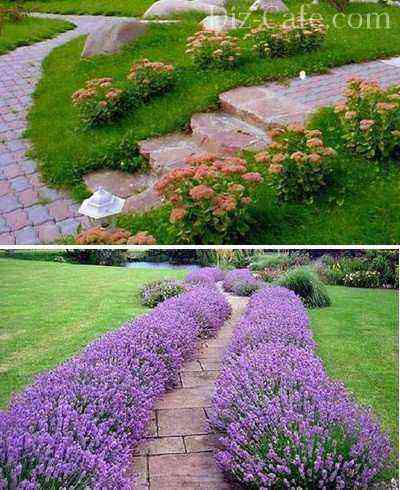
Border plantings with a height of 30-70 cm allow accentuating and highlighting landscape elements. Quite often, curbs are used for zoning the territory.
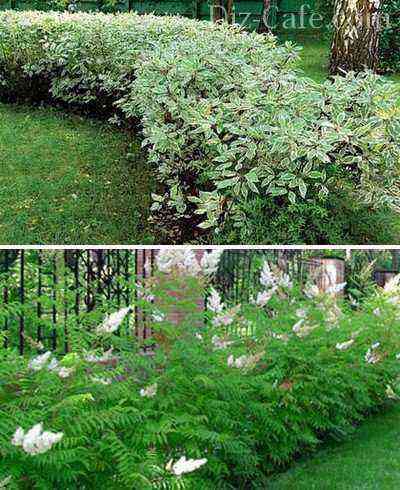
1-1,5 meter plant compositions are used to divide the site into parts and mark its boundaries. High trellises allow you to protect the area from dust, wind and noise, as well as protect from prying eyes of passers-by
Hedges can be planted in both single-row and double-row methods. Single-row plantings are used to decorate the site; they do not protect the area from dust and noise. Two-row compositions are arranged in places where more significant protection is required.
The selection of plants also depends on the varieties of existing plantings in the garden. Combining several types of plants into a single living composition, one should take into account the coincidence of the external design and life cycle of each of the elements: the shape and color of the foliage, the periods of flowering.
Deciduous plants are most often used for arranging living fences, since they are able to transmit more ambient light and more easily tolerate adverse climatic conditions. These plants can easily tolerate seasonal pruning and are ideal for creating molded borders.
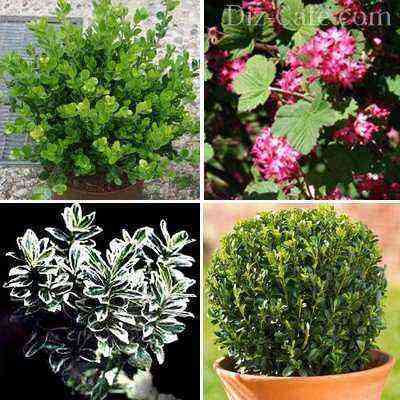
Arranging curbs and creating fences up to 1 m high, you can use low-growing shrubs: boxwood, Japanese euonymus, alpine currant
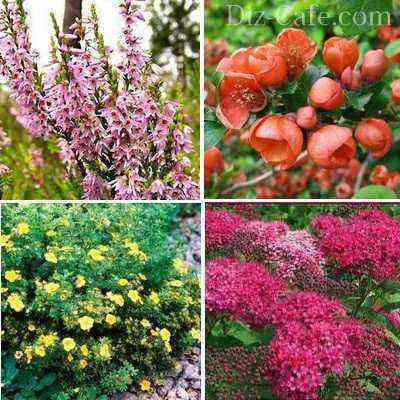
When planning to create free-growing hedges, the choice can be stopped on heather, spirea, chaenomeles, holly magnolia, cinquefoil
For living fences with a height of 2-3 meters among deciduous species, they have proven themselves well: common privet, hawthorn, evergreen buckthorn. Among flowering plants, preference can be given: forsythia, jasmine, lilac species, Syrian rose, tree hydrangea. If you want to create a composition from berry plants, you can stop the choice on viburnum, Japanese quince, dogwood, edible honeysuckle.
When arranging thorny hedges, you can use: rose hips, climbing rose, daurian wild rose, purple-leaved hawthorn, Amur barberry.
Climbing plants for hedges allow you to give the enclosing structure an elegant original look.
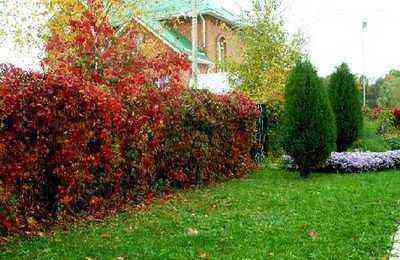
Since climbing plants have a weak trunk, it is necessary to make a frame to equip such an openwork fence
When decorating a site, you can use honeysuckle, girlish grapes, grape-leaved clematis, petiolate hydrangea, prickly chingil, ordinary hops.
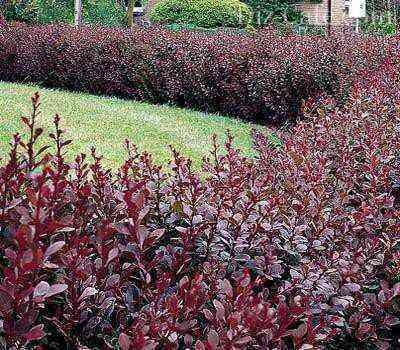
Plant compositions created from flowering trees planted in rows with a bright bark color look spectacular. The most interesting colors are felt cherry, chubushnik, currant, barberry
High living walls up to 5 meters or more can be equipped using fast-growing plants to decorate your hedge: holly, black and white mulberries, hazel, hornbeam. For tall plant compositions, decorative forms of plums and apple trees, as well as beech, maple and linden, are also suitable.
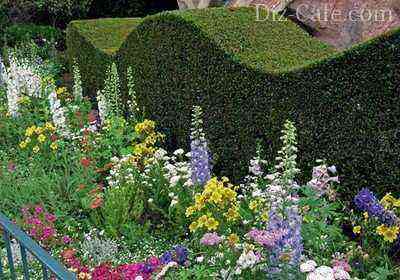
Decorating the base of the hedge with flowering shrubs and a mixborder of low-growing plants will make the composition more expressive
Evergreen shrubs give the garden an austere and discreet look. In comparison with deciduous representatives of the plant world, conifers are more demanding in care.
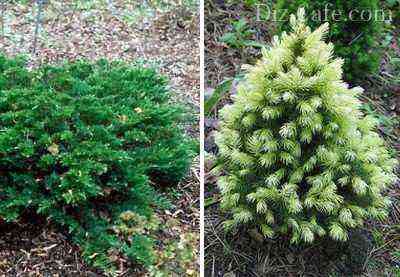
Among the undersized candidates for arranging the curb are juniper, pieris with shiny lanceolate foliage, Canadian spruce
For medium and high living fences, pea cypress, tall thuja, common spruce, Canadian yew are suitable. Most ephedra will easily withstand pruning. This feature allows you to form strict, even coniferous fences.
Free-growing plants are obviously the least demanding to care for. To create free-growing coniferous fences, plants with different texture of needles and crown shape are selected. Combined landings look interesting. The combination of deciduous rowan and birch trees with beauties of coniferous spruces and pines is very successful.
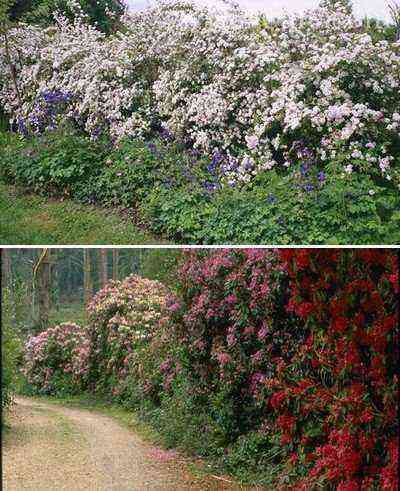
Free-growing compositions that look like natural plantings. They take up a lot of space on the site.
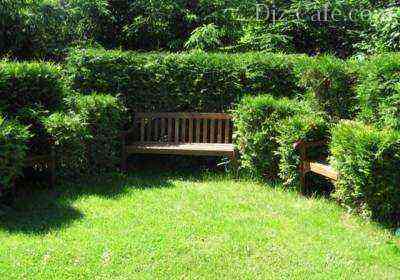
Sheared plant compositions have a more aesthetic appearance
The compact form of the fence visually takes up less space. But, in order to contain this form, it is required to make certain efforts on pruning and maintenance every year. Among the decorative forms of plants, pruning of red and white grass, Japanese meadowsweet, small-leaved elm, multiflorous cotoneaster, Japanese quince, yellow acacia are easily tolerated.
By choosing the best plants for a hedge, you can create a composition that not only veils unsightly areas, but revives unattractive enclosures. In addition, it will act as a “filter”, giving additional air purification.
